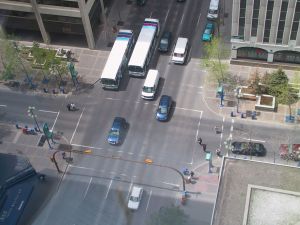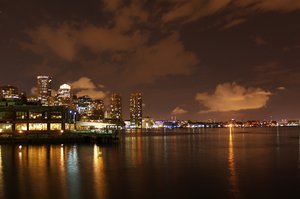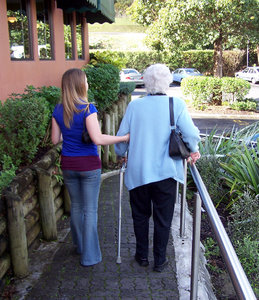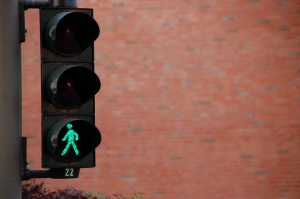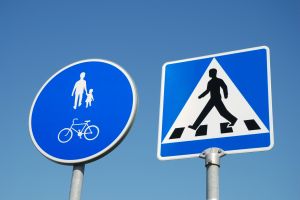Recently, Somerville was named the 10th-most walkable city in the United States, according to Walk Boston. The announcement comes on the heels of the programs the city executed to make the walkways safer to help reduce the risks of pedestrian accidents in Somerville.

Joseph Curtatone, the Mayor of Somerville, has conducted a number of extensive projects to make the area safer for pedestrians over the last few years. These projects were used to make the city safer, to improve the health or residents and to help to boost the local economy.
Our Massachusetts pedestrian accident lawyers understand that pedestrian traffic is an important part of the state. Residents and visitors commute to areas across the state on a daily basis. Safe-walking initiatives should be an important part of all local government. The pedestrian population is an important part of our community and needs to be protected and embraced.
“The city has been working to improve walkability for eight years,” Somerville’s Director of Parks and OpenSpace Arn Franzen. “When the Mayor came in, it was one of his main agendas.”
The City of Somerville was name as the 10th-most walkable city in the United States by the Walkscore.com website. This site ranks city’s walkways based on how well residents and visitors are able to safely travel throughout the area without the use of a motor vehicle. The city was ranked in at 10th place out of all cities with a population of more than 10,000 and was ranked in 5th place for cities with a population of more than 70,000.
The rankings are determined by residents’ ability to walk throughout the area. The rankings are scored from 0 to 100. One-hundred meaning that there is no need for a vehicle and zero meaning that a traveler is required to be car-dependent.
Every single resident in Somerville got a score of at least 70, meaning that errands within the city could all be done on foot.
According to Nicole Rioles, the Regional Active Transit Director, the city’s new programs were used to effectively accommodate more walkers, including pedestrians with disabilities, to help to make sure that all pedestrians are safe. The new designs focused on road and intersection designs and their ability to protect pedestrians. The city created safer sidewalks that are now more visible to both pedestrians and motor vehicles.
City officials understand the impact of pedestrian-friendly roadways. According to Justin Hollander, the Assistant Professor of Urban and Environmental Policy and Planning, the “walkability” of a city directly correlates with the amount of air-pollution. The safer pedestrians feel, the more they’ll walk and less green house emissions we see.
Although our roadways are getting safer and more pedestrians are hitting the city’s sidewalk, residents are urged to be cautious and alert while walking through in the area. Aside from safe walkways, safe traveling habits may be your best defense against an accident.
Continue reading
 Boston Personal Injury Attorney Blog
Boston Personal Injury Attorney Blog


